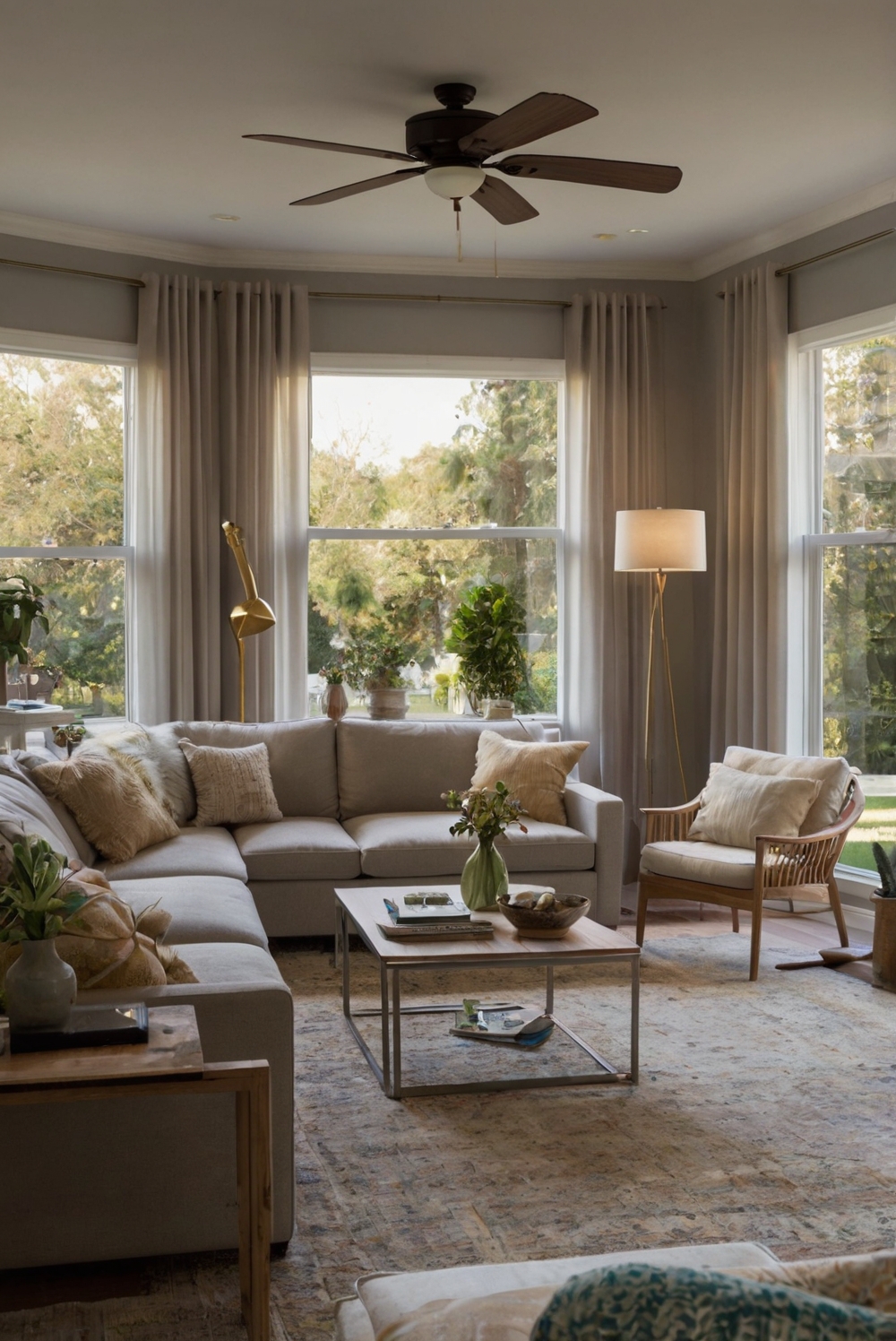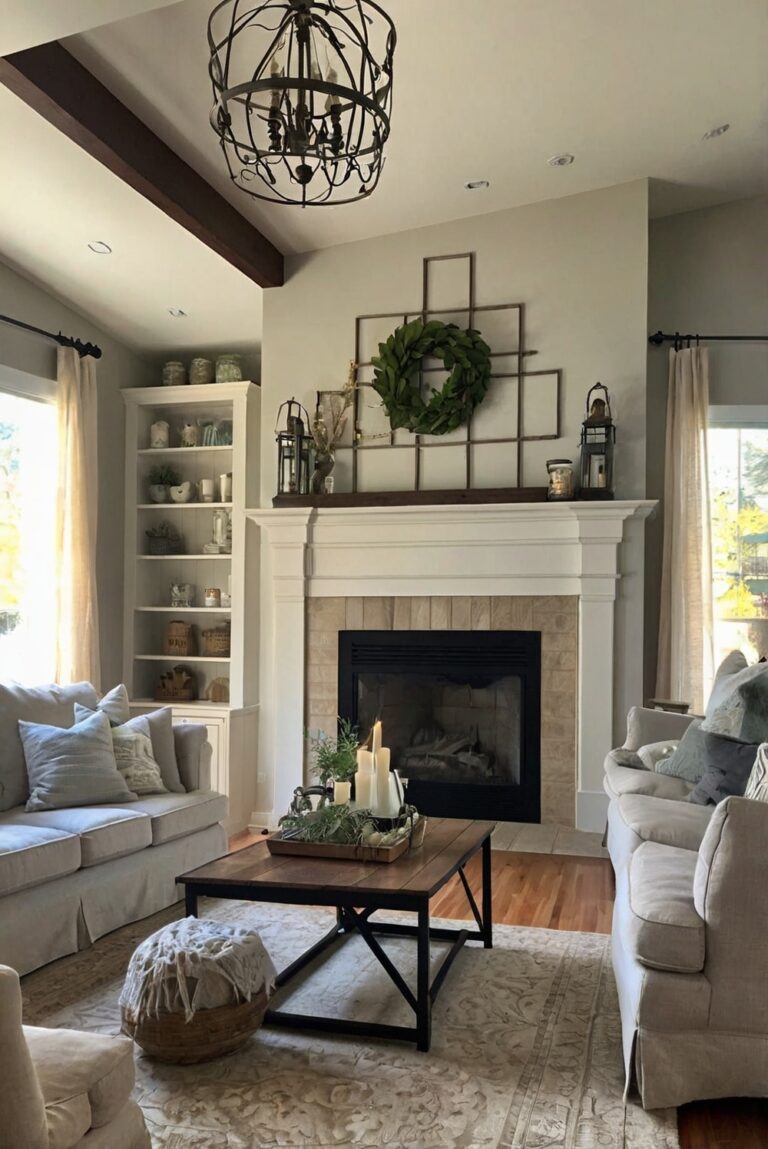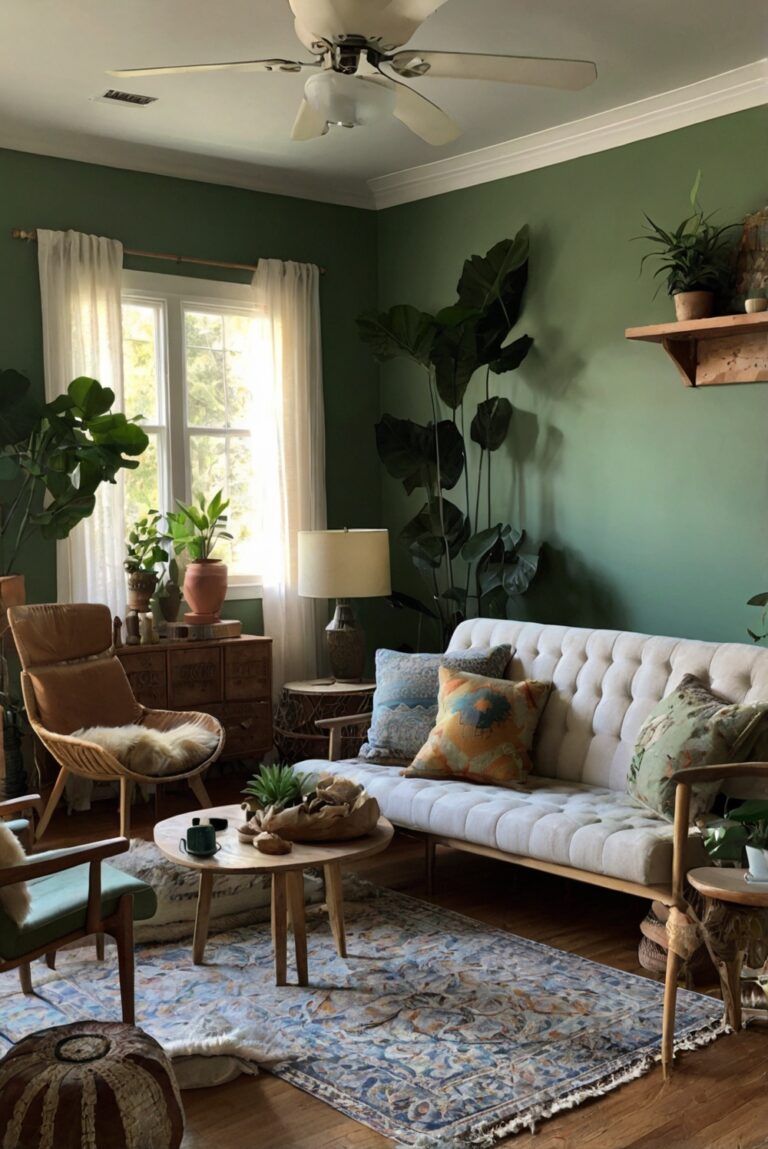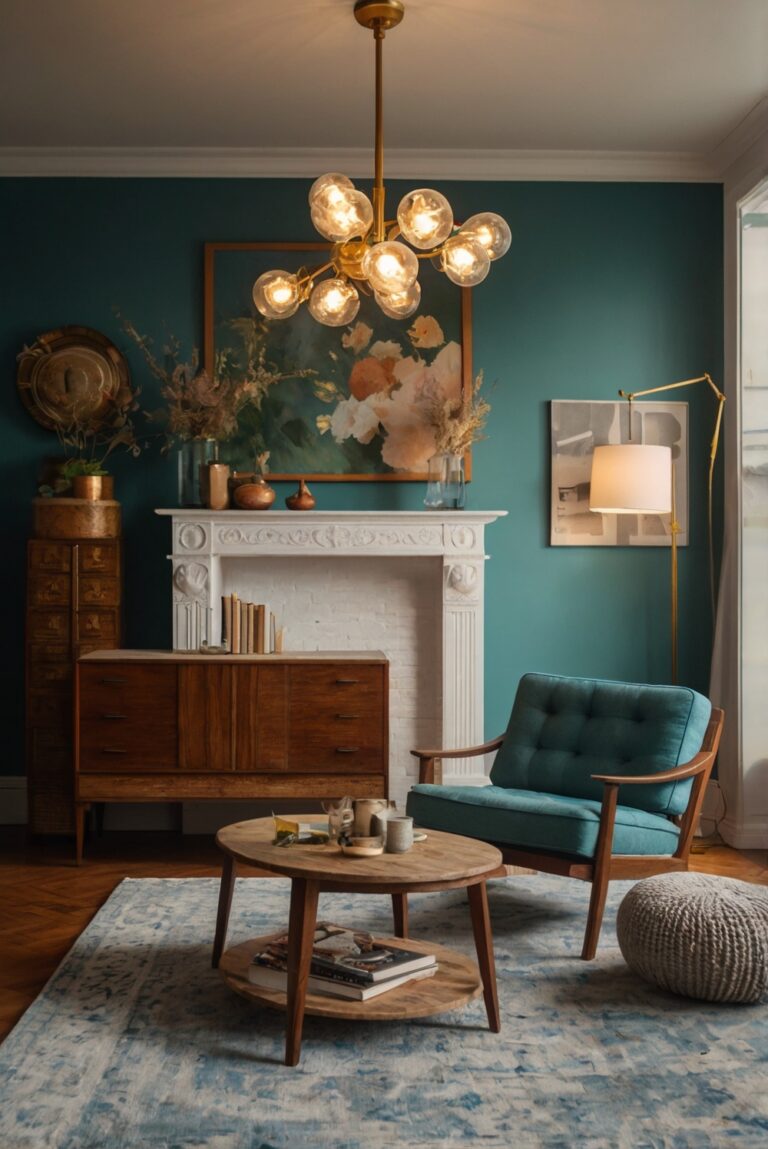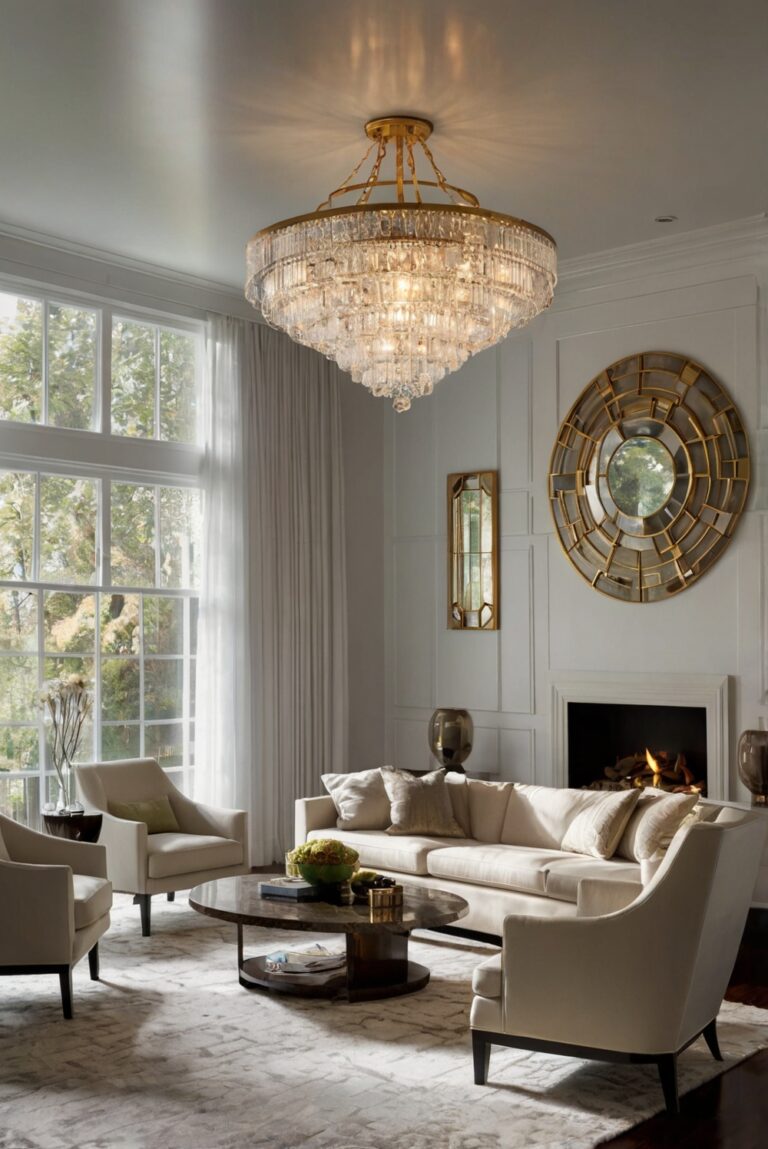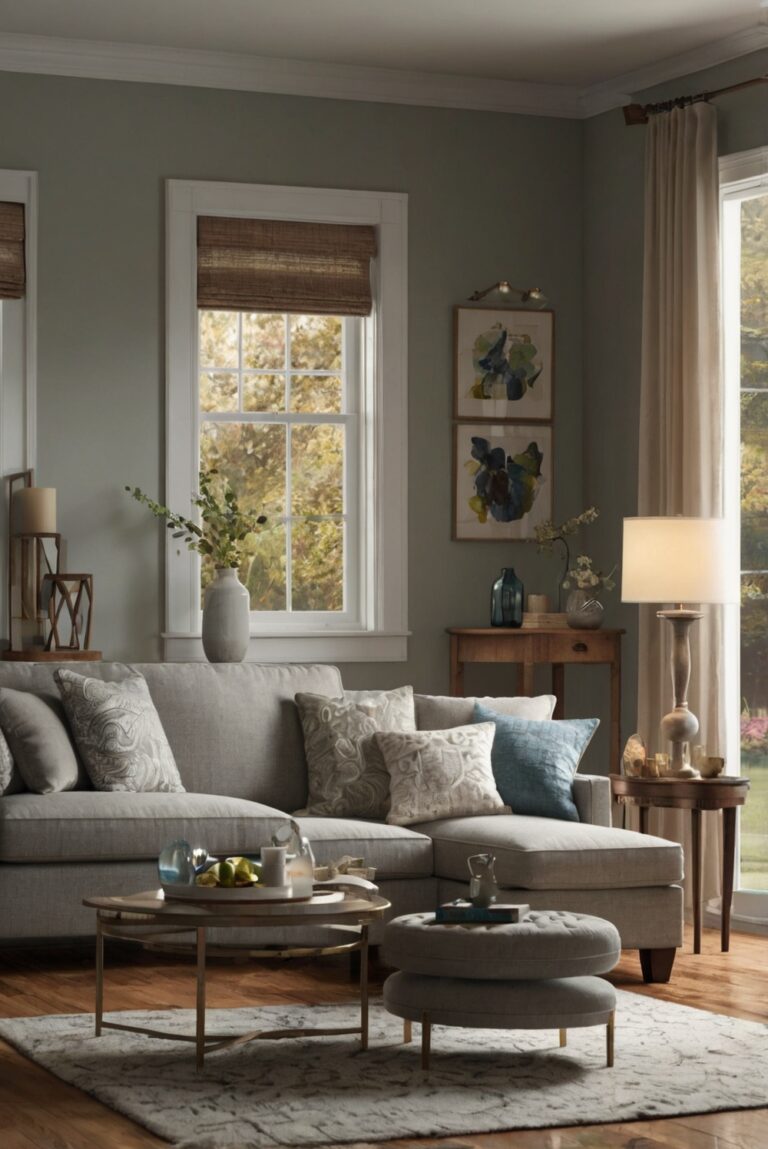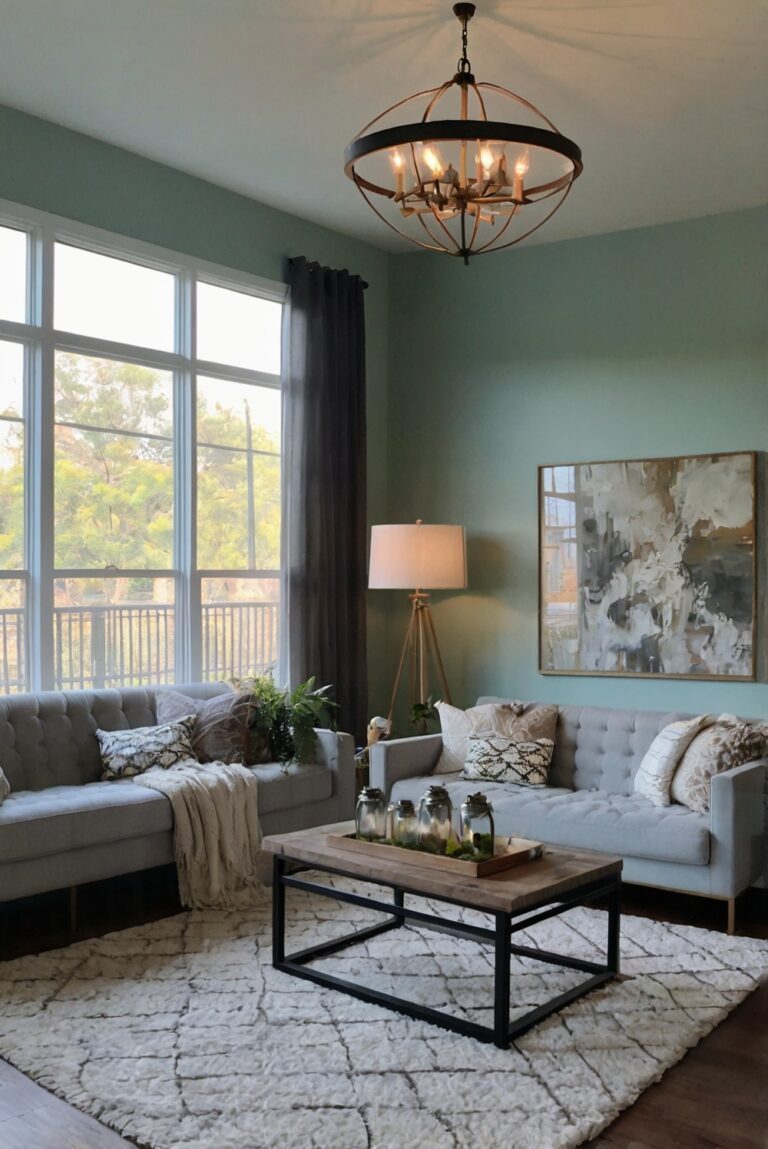Discover how lighting can strategically separate zones within your open-plan living room. Find out practical tips for defining spaces through effective lighting placement and design.
How can you use lighting to define different areas in an open-plan living room?
16px font size answer:
Use a combination of ambient, task, and accent lighting to delineate distinct zones in an open-plan living room. Pendant lights over dining tables or kitchen islands can define dining areas, while floor lamps or recessed lights can highlight seating or reading spaces. Wall sconces or spotlights can showcase artwork or architectural features. Consider dimmer switches for versatility. Ensure proper spacing between fixtures and use warm or cool tones selectively to create visual boundaries. Carefully planned lighting can enhance the ambiance and functionality of each area in your open-plan living room, making it both stylish and purposeful.
Key points:
– Utilize ambient, task, and accent lighting
– Position fixtures strategically to define zones
– Select warm or cool tones for visual distinction
– Consider dimmer switches for flexibility
– Enhance ambiance and functionality
Keywords:
home decorating, home interior, home interior design, home decor interior design, space planning, interior design space planning, decorating interiors, interior bedroom design, designer kitchen, kitchen designs, living room interior, designer wall paint, primer paint for walls, color matching painting, paint color match, home paint colors
How can you use lighting to define different areas in an open-plan living room?
1. Consider the Functionality:
When designing the lighting for an open-plan living room, it is crucial to **understand the functionality** of each area. **Identify** the different zones within the space such as the seating area, dining area, and workspace. Each zone may require **different lighting** solutions based on its purpose.
2. Use Different Types of Lighting:
To define different areas in an open-plan living room, **utilize various types of lighting**. **Ambient lighting** provides overall illumination for the entire space. **Task lighting** is essential for specific activities like reading or cooking. **Accent lighting** can highlight certain features or artworks. By combining these types of lighting, you can create **distinction** between various areas.
3. Play with Light Levels:
**Adjusting the intensity** of light can help define different zones in an open-plan living room. **Dimmers** are a great tool to **control the brightness** of the lights based on the time of day or the desired mood. Lower light levels can create a cozy atmosphere in the seating area, while brighter lights may be more suitable for the dining space.
4. Use Light Fixtures as Dividers:
In an open-plan living room, **strategically placing light fixtures** can act as **visual dividers** between different areas. For example, pendant lights hanging above the dining table can **separate** this zone from the rest of the room. Floor lamps or wall sconces can also be used to **create boundaries** without the need for physical barriers.
5. Highlight Architectural Features:
Another way to define different areas in an open-plan living room is to **highlight architectural features** with lighting. **Recessed lights** can emphasize a **built-in bookshelf** or a **fireplace**, drawing attention to these elements and **defining specific zones** within the space.
In conclusion, using lighting effectively in an open-plan living room involves a **thoughtful approach** to **design** and **functionality**. By **combining** different types of lighting, **playing with light levels**, and **strategically placing fixtures**, you can **create distinct areas** while maintaining a **cohesive** overall look. **Consider the unique** needs of each zone and **tailor the lighting** to enhance the **functionality** and **aesthetics** of the space.
1. How can you use lighting to define different areas in an open-plan living room?
One effective way to define different areas in an open-plan living room through lighting is by using various lighting fixtures strategically. For example, pendant lights can be hung over a dining table to create a designated dining area, while floor lamps or wall sconces can be used to illuminate a cozy reading nook or a seating area. Additionally, recessed lighting can be installed to provide general ambient lighting throughout the space, with adjustable track lights or spotlights used to highlight specific features like artwork or architectural elements. By combining different types of lighting, you can visually separate and define distinct areas within the open-plan layout.
2. How can you ensure proper lighting balance in an open-plan living room?
Achieving proper lighting balance in an open-plan living room is crucial to creating a harmonious and functional space. One way to ensure balance is by layering different types of lighting, such as ambient, task, and accent lighting. Ambient lighting, like overhead fixtures or recessed lights, provides overall illumination, while task lighting, such as desk lamps or under-cabinet lights, helps with specific activities like reading or cooking. Accent lighting, such as wall sconces or picture lights, can highlight focal points or add visual interest. By combining these layers of lighting, you can create a well-balanced and inviting atmosphere in your open-plan living room.
3. What are some creative lighting ideas to define different areas in an open-plan living room?
There are several creative lighting ideas you can use to define different areas in an open-plan living room. One idea is to install dimmable lights that can be adjusted to create different moods or zones within the space. Another creative option is to use color-changing LED lights to delineate separate areas, such as a dining space or a lounge area. Additionally, incorporating statement lighting fixtures like chandeliers or oversized pendant lights can help visually anchor specific zones in the room. By thinking outside the box and experimenting with unique lighting solutions, you can effectively define and enhance different areas in your open-plan living room.
4. How can you use lighting to create a cozy ambiance in an open-plan living room?
To create a cozy ambiance in an open-plan living room, consider using warm and soft lighting sources. Opt for fixtures with warm color temperatures, such as soft white or warm white bulbs, to evoke a sense of comfort and relaxation. Dimmer switches can also be installed to adjust the brightness levels and create a more intimate atmosphere. Additionally, incorporating lighting elements like candles, fairy lights, or table lamps can add a touch of warmth and coziness to the space. By choosing the right lighting options and adjusting them to suit your desired ambiance, you can transform your open-plan living room into a cozy retreat.
5. What are the benefits of using lighting to define different areas in an open-plan living room?
Using lighting to define different areas in an open-plan living room offers several benefits. Firstly, it helps create a sense of purpose and functionality in the space by visually separating distinct zones like a dining area, a seating area, or a workspace. This can improve the flow and organization of the room, making it more practical and user-friendly. Secondly, defining areas with lighting can enhance the overall aesthetic appeal of the space, highlighting architectural features or design elements. Additionally, proper lighting can also improve the mood and ambiance of the room, making it more inviting and comfortable for both residents and guests. By leveraging lighting effectively, you can maximize the potential of your open-plan living room and create a cohesive and well-defined environment.

